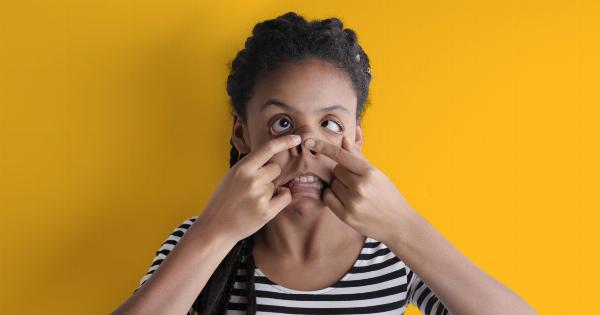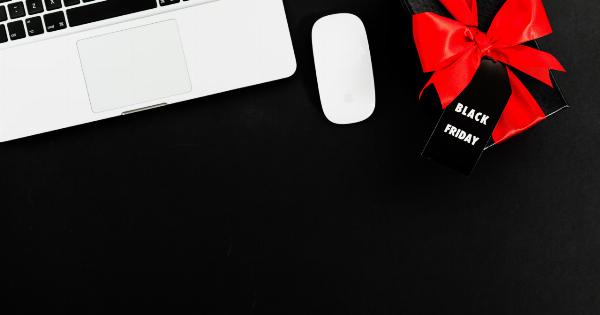Finger-sucking is a common habit in children. It provides comfort and reassurance to them, just like a pacifier. However, this habit can lead to dental problems and the spread of germs and bacteria.
If you’re looking for ways to break your child’s finger-sucking habit, here are some tips:.
1. Understand the habit
Before attempting to break the habit, it’s essential to understand why your child sucks their fingers. Finger-sucking is a coping mechanism that provides comfort and security to children.
It helps them calm down or feel better in situations that make them anxious, afraid, or upset. Understanding the root cause of the behavior can help you approach the habit-breaking process more effectively.
2. Talk to your child
Communicate with your child and explain why the habit needs to stop.
Avoid being judgmental or critical, and instead, use a positive approach that focuses on the benefits of stopping the habit, such as maintaining healthy teeth and preventing the spread of germs. Encourage your child by telling them how proud you are of their efforts to stop the habit.
3. Offer alternatives
Children may need alternatives to replace finger-sucking. Offer your child a comfort item, such as a stuffed animal, a cozy blanket, or a special toy to hold, chew, or fidget with.
This will help them feel secure and give them something to focus on instead of their fingers.
4. Rewards system
Create a rewards system that positively reinforces your child’s progress. Give them stickers, toys, treats, or extra playtime as a reward for every day or week that they avoid finger-sucking.
This will help motivate and encourage your child to continue with their efforts to break the habit.
5. Identify triggers
Talk with your child and identify what triggers their finger-sucking habit. It could be boredom, anxiety, frustration, hunger, or tiredness.
Once you know the triggers, you can anticipate them and redirect your child’s attention to another activity or offer a healthy snack or drink.
6. Positive reinforcement
Encourage your child’s efforts to break the habit with positive reinforcement. Praise them when they avoid finger-sucking and provide moral support when they struggle.
Negative reinforcement or punishment can be counterproductive and cause anxiety or stress, making the habit worse in some cases.
7. Set goals and milestones
Breaking a habit takes time and effort. Celebrate your child’s progress by setting short-term goals and milestones. For example, aim for one hour, two hours, or half a day without finger-sucking.
Once your child achieves these goals, reward them and set more challenging goals. Remember to be patient and encouraging.
8. Keep busy
Keep your child busy with activities that require both hands, such as drawing, painting, playing with blocks, or playing an instrument. This will prevent your child from having spare time that they may use for finger-sucking.
9. Lead by example
Children tend to imitate their parents’ habits, so leading by example is crucial. Avoid biting your nails or using your fingers to clean your teeth or eat, as this can normalize finger-sucking behavior.
Show your child healthy ways to cope with stress or anxiety, such as taking deep breaths, counting to ten, or going for a walk.
10. Be consistent
Consistency is key when it comes to breaking habits. Stick to a daily routine and follow the same steps to avoid finger-sucking.
Try to limit your child’s access to objects that they may use for finger-sucking, such as pacifiers or blankets, especially when they are about to go to bed. Be patient and supportive, and don’t give up if your child relapses.






























